AI’s Groundbreaking Leap: Predicting Life Events and Ethical Frontiers

Introduction: Welcome to the future. In a landscape where technology incessantly evolves, the latest stride taken by artificial intelligence, particularly transformer models akin to ChatGPT, transcends mere language processing. A recent study unveils the startling potential of these AI marvels in predicting human life events, including the once-improbable estimation of the time of death. Let’s delve deeper into the groundbreaking discoveries, the ethical implications they pose, and the pivotal questions they thrust upon us.

Revolutionizing Predictive Abilities: The crux lies in the revolutionary life2vec model. Analyzing extensive data spanning the lives of 6 million individuals, this AI innovation exhibits an unparalleled knack for foreseeing outcomes—be it personality traits or even the inevitability of mortality itself.
Key Discoveries: Life2vec employs transformer models, surpassing other sophisticated neural networks, while aligning consistently with existing social science findings. It’s not merely about prediction; it’s about unraveling the intrinsic data facets enabling such astute prognostication.

Unveiling Life’s Sequences: Imagine human life as a sequence of events akin to words forming a sentence. This model encodes life events into a mathematical structure, organizing birth, education, career, health, and more. The excitement doesn’t lie solely in its predictive prowess but in its ability to decipher life sequences, a domain typically reserved for transformer models in linguistic tasks.
Ethical Quandaries: Yet, these revelatory strides aren’t devoid of ethical quandaries. Privacy concerns, data sensitivity, and the looming specter of bias demand a more profound understanding before deploying such AI models in personal and public spheres. As we peer into the future, contemplating using these insights for health risk assessments or preventive measures, the ethical conundrum looms large.
Navigating the Ethical Landscape: Protecting sensitive data and understanding the role of bias becomes pivotal. Engaging in democratic conversations becomes imperative to shape the trajectory of this technological leap. We stand at a crossroads where the burgeoning capabilities of AI demand a conscientious dialogue, steering the direction in alignment with societal values.
The Road Ahead: Incorporating varied data types and delving into the realms of text, images, and social connections is the next milestone. This convergence between social, health sciences, and technology heralds an era of new possibilities and ethical deliberations.
Conclusion: The journey into the realm of AI-driven predictive capabilities is exhilarating yet accompanied by ethical shadows. The life2vec model stands as a testament to human ingenuity, but its responsible use hinges on navigating these ethical waters with deliberation and democratic discourse. As we stand on the cusp of a new dawn, the choice isn’t merely about what technology can achieve, but about the ethical boundaries we, as a society, choose to set.
Sources: This article is based on research conducted by DTU, University of Copenhagen, ITU, and Northeastern University in the US, as published in Nature Computational Science. The research utilizes extensive datasets from Denmark’s National Patient Registry (LPR) and Statistics Denmark, encompassing data on income, healthcare visits, and more from 6 million Danes. The transformative model employed is a testament to the potential of AI in unraveling life’s mysteries.








